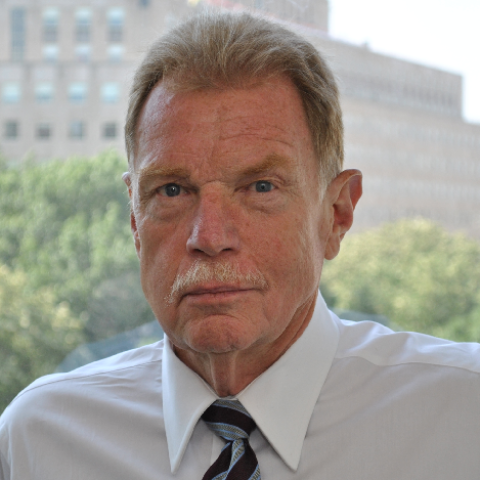In April of this year, the Obama administration announced it would “reformulate” clemency guidelines for federal prison offenders. As the Washington Post described it, “Justice Department Prepares for Clemency Requests from Thousands of Inmates.” The paper claimed that this “unprecedented campaign to free nonviolent offenders” would continue for two years and that DOJ would “reassign dozens of lawyers to its understaffed pardons office to handle the requests from inmates.”
Particularly affected would be drug offenders, characterized as unjustly imprisoned through the “failed drug war” and by harsh mandatory sentences. The Fair Sentencing Act of 2010 reduced the crack/powder sentencing disparity to 18 to 1, rather than the previous 100 to 1 ratio.
According to the Washington Post, to be eligible for clemency, the offenders must be: “low-level, nonviolent and without a significant criminal history … must have served at least 10 years of their sentence and … demonstrated good conduct in prison, with no history of violence before or during their incarceration.”
In the Huffington Post Vanita Gupta, then deputy legal director of the ACLU (now acting attorney general for civil rights at the Department of Justice, called the initiative an "incredibly important development."
In Slate, Emily Bazelon celebrated the prospects for a “mass clemency” from the President, perhaps affecting “hundreds or even a few thousand drug offenders.”
Bazelon also emphasized the issue of race as a rationale, arguing that “white applicants were four times as likely as black ones to win pardons . . . one more racial disparity in a criminal justice system that is rife with it.”
It appears that not all parties at the Department of Justice were supportive of the development. At least, that is an inference from the departure of the then United States pardon attorney, Ronald Rogers on April 22, 2014, simultaneous with the clemency announcement. Rogers left following what many termed “sharp criticism.”
He was immediately replaced by attorney Deborah Leff, who had been the “acting senior counselor for access to justice at the U.S. Department of Justice.” Ms. Leff has had a varied career outside the law, serving as president and CEO of Feeding America as well as a “senior producer” for network news shows.
Despite statements that many thousands might be affected by the initiative, the actual number of prisoners cited by the press and the administration remained oddly vague—this in a federal system with detailed data collection and sentencing guidelines. The Washington Post claimed “the new clemency guidelines apply to thousands of prisoners, perhaps tens of thousands.” Specifically, the Post notes, “There are at least 300,000 prisoners serving state and federal sentences for various drug crimes, according to the Bureau of Justice Statistics.” The so-called Clemency Project 2014 does not affect state-level drug prisoners, however, so it’s not clear why they were included in this count.
In April, CNN reported that of “more than 200,000 inmates in the federal prison system . . . the new clemency criteria could apply to about 2,000 prisoners. But the number is likely to fall to perhaps hundreds after government lawyers review the applications.”
What are the criminal justice facts? According to the Bureau of Justice Statistics, for 2011 (the most recent data available for this breakdown), there were 216,362 inmates in the federal system. That, however, is the count of all offenders. For those with a drug offense as their most serious charge, the numbers fall. In 2011, there were only 94,600 drug offenders in federal prisons (43.7 percent of the total).
How “mass” is this incarceration, and how many fit the criteria for clemency (non-violent, good conduct, no extensive criminal history) in the face of the unjust drug war?
We received the apparent answer on December 19, with the announcement that President Obama has provided clemency to 8 federal drug offenders, presumably the only ones who met the criteria. Moreover, as it turns out, 8 is the same number of commutations granted in 2013.
As Julie Stewart of Families Against Mandatory Minimums told CNN, "Well, it's a start, albeit a disappointingly small one."
These facts admit of three possible interpretations. First, the advocates for sentencing reform and the Department of Justice overestimated the potential scope of the application of the reforms when they spoke to the press.
Or, they underestimated the complexity of the appeal process; perhaps a far larger clemency is pending in its second year.
As it is, the portrait of a criminal justice system that is racially disparate and violating thousands unjustly for low-level, non-violent offenses has not been validated.
The third possibility is that Attorney General Holder was, in fact, aware of the realities prior to the public roll-out of “Clemency Project 2014” and further aware that the reality would surface—but not until December. With the stakes of November on the horizon, politics were served by falsely accusing the criminal justice system as unjust and racist.



















